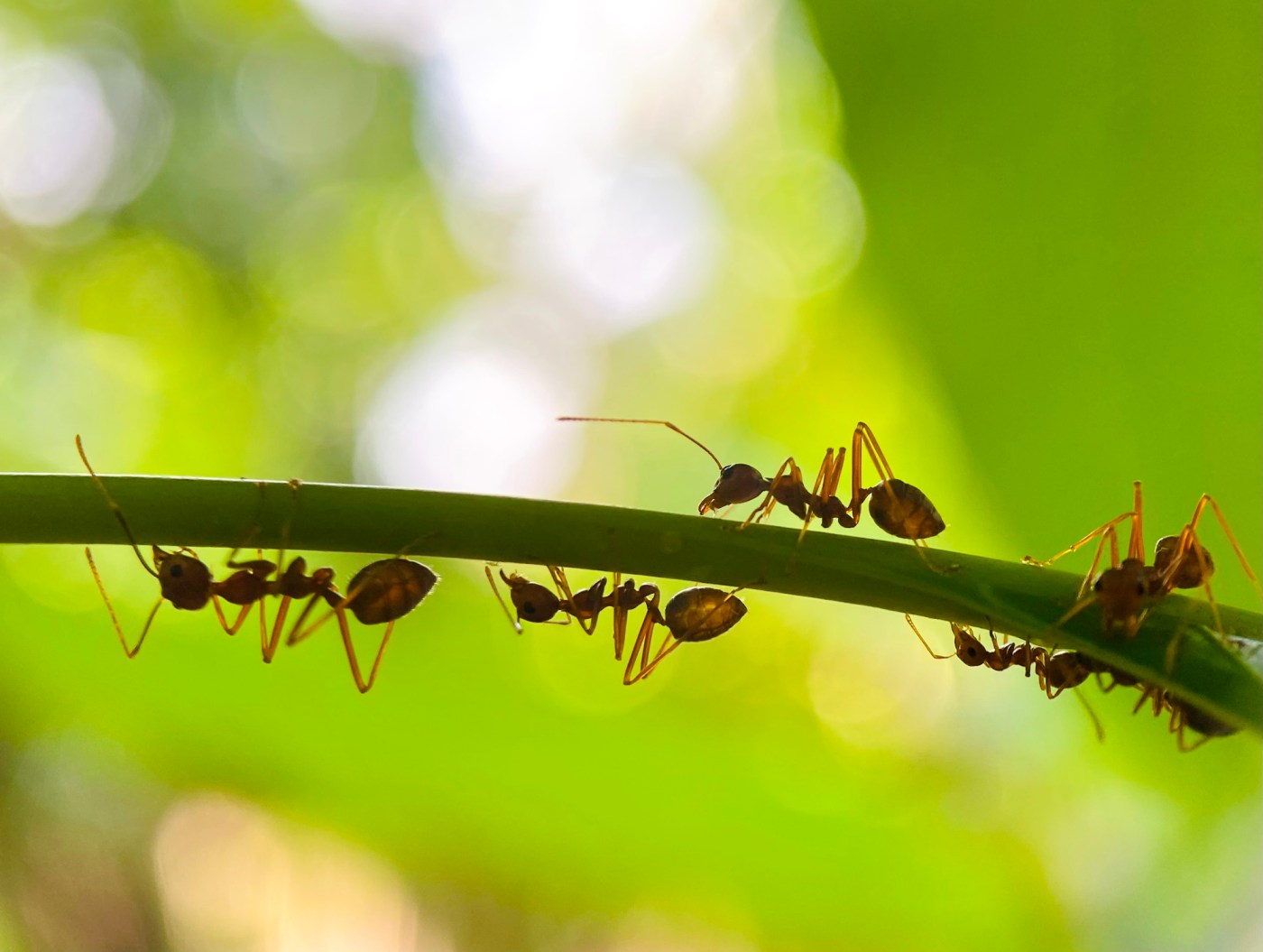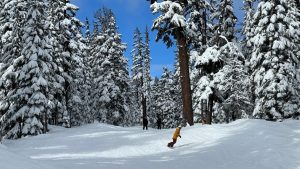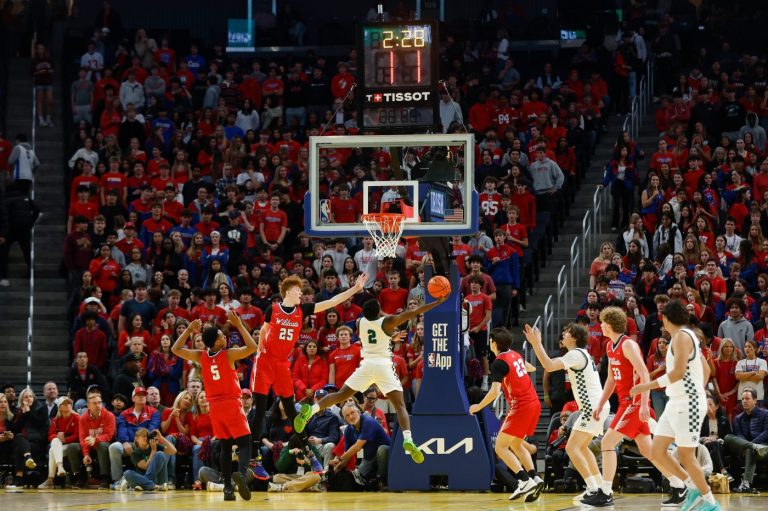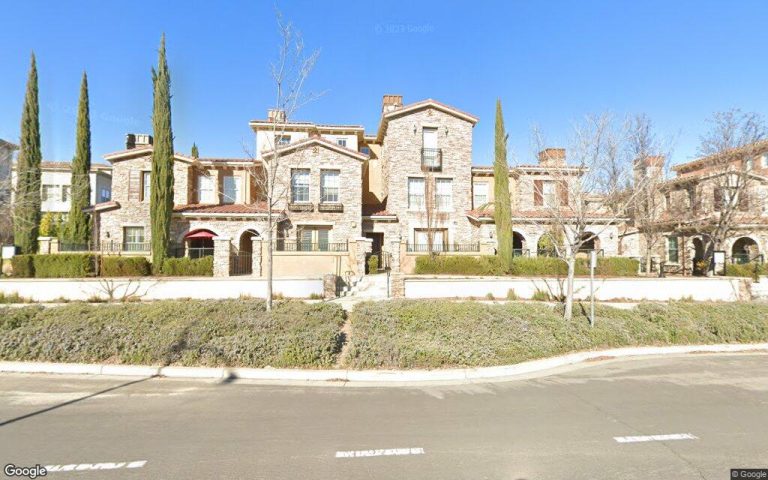DEAR JOAN: During these rains, we are getting numerous “mini-volcanoes” in our yard, and I think these are ant mounds. Is this typical for this time of year?
I suspect these ants are enlarging their nests while the soil is soft and easy to move. We are seeing mounds in concrete openings and in bare soil and lawn areas. What else could it be?
— Brian Serpa, San Jose
DEAR BRIAN: Ants don’t care whether the soil is soft or hard, they’re going to do what they do. Considering that most of the Bay Area’s soil are heavy clays, it might be a more difficult slog during the rainy season, and yet, ants just keep on anting.
There are a number of creatures that create mounds as they build tunnels and burrows. They range in size from worms to moles, voles, ground squirrels and gophers.
If the mini volcanoes are particularly sandy looking and relatively small, the culprit is most likely pavement ants. Although that sounds like a made-up species to scare those with ant phobias, they do exist. They build nests in lawns and under rocks and boards, and they create clusters of mounds along sidewalks, between concrete slabs and alongside foundations and baseboards. They take advantage of cracks in foundations to enter houses in search of food.
They aren’t picky about what they eat, either. They have a preference for sweets, fruits, greasy foods, other insects, seeds and honeydew – the type produced by aphids, not the melons. They love people who leave pet food out, and they often wait until nighttime to forage for food.
The workers in the colonies are all 3/16ths of an inch long, and they are dark brown or black in color.
There might be a few colonies living close to each other, and they will mount fierce and spectacular battles for dominance.
You’re most likely to encounter the pavement ants at night, and you really don’t want them in your house. If you’re seeing them in your yard, look for and seal off potential entry points.
Related Articles
Lawsuits seek to stop barred owl culling, including the Bay Area
Milpitas: Humane Society of Silicon Valley resumes services after fire, seeks to rebuild building
Palo Alto donkey Perry dies; inspiration for beloved ‘Shrek’ character
Readers asked to help preserve important wildlife habitat on Mount Diablo
Nearly 140 new species confirmed in 2024 by California Academy of Sciences
DEAR JOAN: The other morning I looked over at my neighbor’s house and saw two turkey vultures sitting on the roof with their wings spread open. It looked like they were praying. They sat there for quite a while then flew away.
What were they doing?
— J.G., Brentwood
DEAR J.G.: Turkey vultures are experts in conserving their energy and taking advantage of what is available to them. Because they don’t want to expend precious energy warming up their body and wings before heading off in search of carrion, they dry the damp from their feathers in the sun and bring up their body temperature before taking flight.
It’s called the horaltic pose.
Save Mount Diablo update
Ted Clement and Seth Adams, of Save Mount Diablo, report that in the first week of the drive to raise $100,000 for the purchase of the Ginochio Schwendel Ranch, 19 readers donated $2,000. That’s amazing. Thank you so much.
Donations can be sent to Save Mount Diablo, 201 N. Civic Drive, Suite 190, Walnut Creek, CA 94596 or by visiting https://savemountdiablo.org/time-critical-land-acquisitions.
Animal Life runs on Mondays. Contact Joan Morris at AskJoanMorris@gmail.com.












